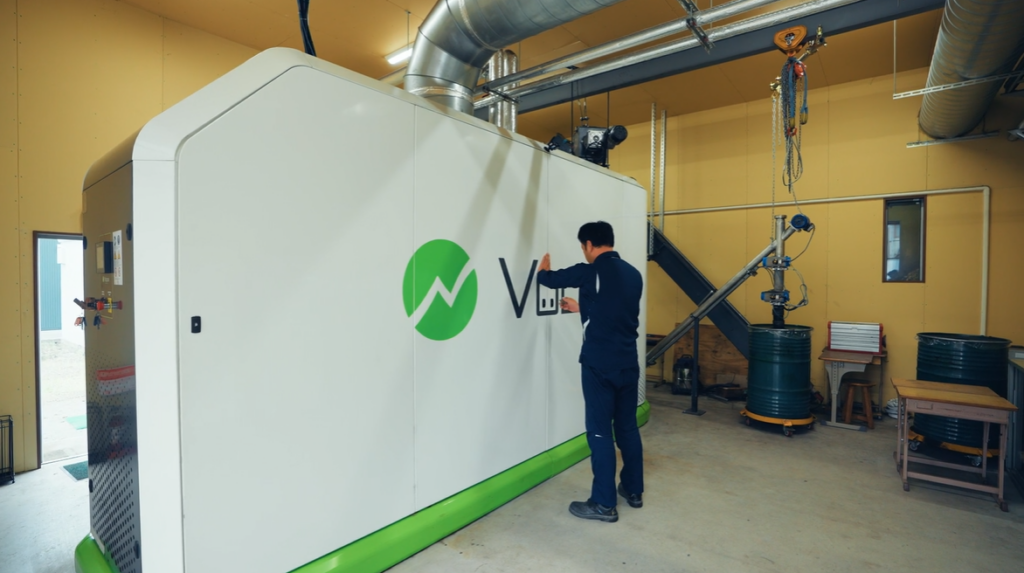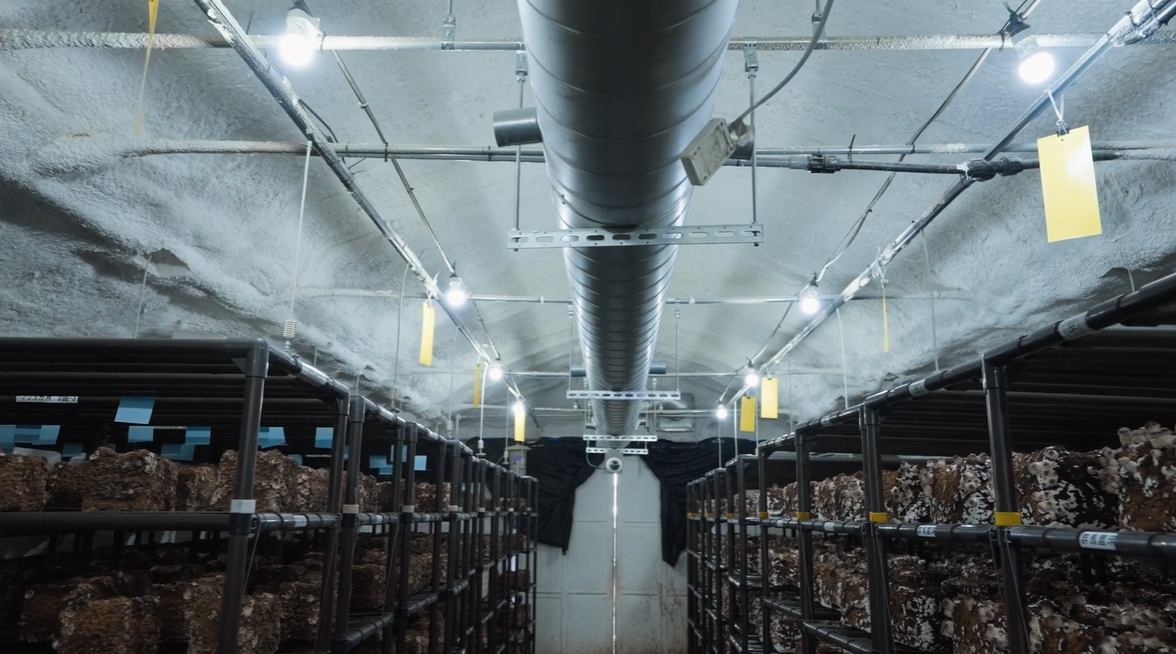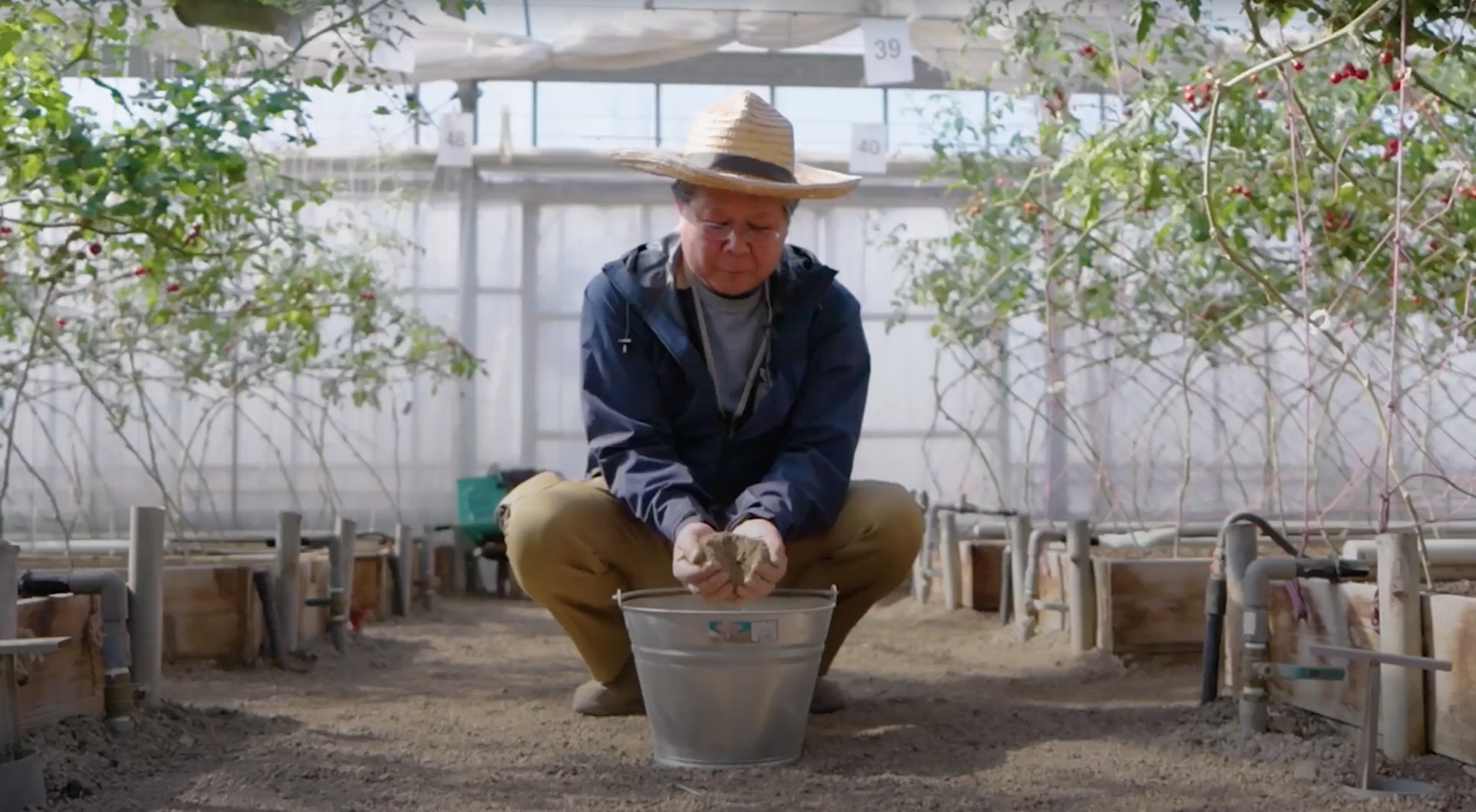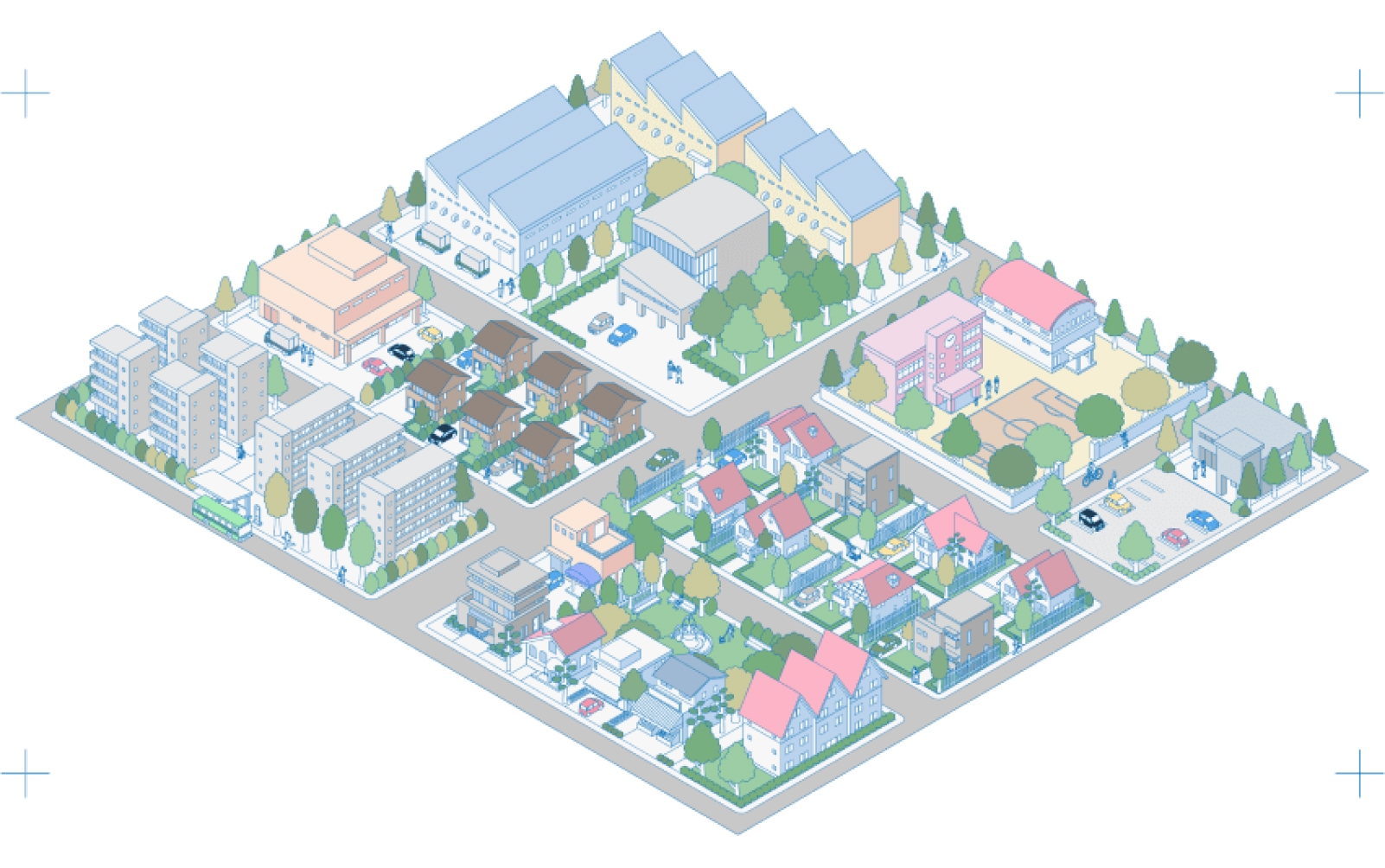October 1st, 2025
4 min read
In a quiet corner of rural Japan, NTT EAST is turning local resources into local power – and possibility. The company has developed a working model of innovation through collaboration, showing how regional partnerships can fuel a global shift to circular economies.
Its innovative closed-loop resource project is strengthening regional sustainability, utilizing raw materials, waste, and underused resources such as small-scale woody biomass to create a fossil fuel-free horticultural system in which heat is used to grow mushrooms and dry fruits. This circular economy model supports local sustainability and community revitalization, while reducing carbon emissions and utilizing underused resources.
And while it may have its roots in Shibukawa City, Gunma Prefecture, a rural region of Japan, the model – where sustainability is integrated directly into business operations – is designed to scale globally. It offers a replicable pathway for building circular economies in regions facing similar environmental and economic pressures.
Economic and environmental concerns
Japan, like many parts of the world, is facing population and economic declines in certain regions. In fact, due to the rapid aging of the population and declining birthrate, 744 Japanese municipalities are at risk of extinction, according to the Population Strategy Council. Schools are closing, communities are shrinking, and once-vibrant facilities are being left abandoned and unused.
At the same time, Japan’s domestic forestry industry is also in decline due to cheaper imported timber and an aging forestry workforce. Although Japan’s total forest area has remained stable at around 25 million hectares since 1966, the forest stock volume has tripled, from 1.87 billion m³ to 5.24 billion m³ by 2017 – and proper thinning of the forest has not been carried out, which leads to risks such as soil erosion, reduced CO₂ absorption, and pest outbreaks. And, from an environmental perspective, greenhouse gas emissions continue to increase, as do global temperatures.

To help address all of this, NTT EAST has combined its capabilities with unique regional resources to create a sustainable, resource-circulating business model that supports both economic growth and revitalization. Working together with partners within and beyond NTT Group, NTT EAST has launched this demonstration project in Shibukawa, Gunma Prefecture, with the goal of expanding to other regions in the future.
How the Shibukawa project works
-
Smart forest management:
It starts by partnering with a company that provides forest surveying using ground-based radar and drones to identify forests in need of thinning and to zone tree species for better resource planning.
-
Turning residue into resources:
When foresters cut down trees to thin out the woods, they often leave residue on the forest floor. Workers collect that residue and use it to produce woodchips.
-
Generating energy locally:
The woodchips are fed into a biomass cogeneration system known as VOLTER, located in an abandoned school and operated by NTT EAST’s project partner, Forest Energy. This biomass generator produces electricity by using woodchips as a woody biomass fuel.
-
Creating new value streams:
The energy produced through this system is distributed through underground pipes, supplying heat to nearby facilities including a mushroom cultivation house, supporting new type of facility cased.
The same heat generated through this process is then used to dry fruit – particularly fruit that is considered not suitable for sale when fresh because of its “non-standard” appearance. The dried fruit can be sold, reducing food waste and supporting the local economy.
-
Building value through partnerships:
NTT EAST collaborates with companies that share its vision. For example, Tokyo-based restaurant 8go sources mushrooms from the project and uses them as ingredients, showcasing how regional production can connect directly to urban markets and elevate local products into premium cuisine.
Creating sustainable ecosystems and opportunities

This circular production approach brings benefits not only to the local community but also to business and the environment. By utilizing the thermal energy of woody biomass, when compared to energy produced via fossil fuels, the project is saving about 1 million yen per year and curbing CO2 emissions by approximately 6.3 tons. It is also reducing food loss by using what would otherwise not be distributed commercially, as well as creating new industries and expanding employment opportunities in the region.
The Shibukawa project is a living model of how technology and local resources can work together to revitalize communities. By tapping into underutilized facilities, resources, and renewable energy, NTT EAST is demonstrating a pathway toward regional revitalization that is scalable across Japan.
As the company looks to expand this initiative to other municipalities, its vision is to create sustainable ecosystems that not only reduce environmental impact but also generate new opportunities for local people and industries.
Local roots and cross-sector collaboration
Due to its strong regional presence in Japan, NTT EAST has been able to build close connections and trusted relationships with local clients and other companies. NTT EAST handled everything from access lines to networks and systems integration, while other companies within and beyond NTT EAST – such as NTT Agritechnology, NTT ME, and Forest Energy – also contributed to making the project possible.
This example of collaboration across NTT’s group companies, integrating other partners as well, is a model that can be applied to other global enterprises with multiple group companies or business units.
Making a long-term impact

NTT EAST is strategically aligning sustainability initiatives with core business operations to address both regional revitalization and global environmental challenges. The Shibukawa example, where NTT EAST is leveraging underutilized assets such as forests, an abandoned school, local specialties, and renewable energy sources, demonstrates how cross-sector collaboration can catalyze new industries and create employment opportunities. This framework directly tackles the broader issue of regional sustainability and economic survival, along with environmental priorities.
While rooted in a small-scale, local context, the initiative serves as a replicable model for global enterprises. The socioeconomic and environmental challenges faced by Shibukawa mirror those encountered by rural communities worldwide, and this case illustrates how large organizations can mobilize distributed assets and expertise to generate impact beyond traditional business boundaries.
The replicability of this model makes it a valuable blueprint for multinational corporations seeking to integrate environmental, social, and governance (ESG) priorities with operational goals. Looking ahead, there is growing interest from other municipalities to adopt this circular economy framework. By addressing localized challenges through scalable, community-based initiatives, NTT is paving the way for a sustainable, circular economy that delivers social, environmental, and business value.





